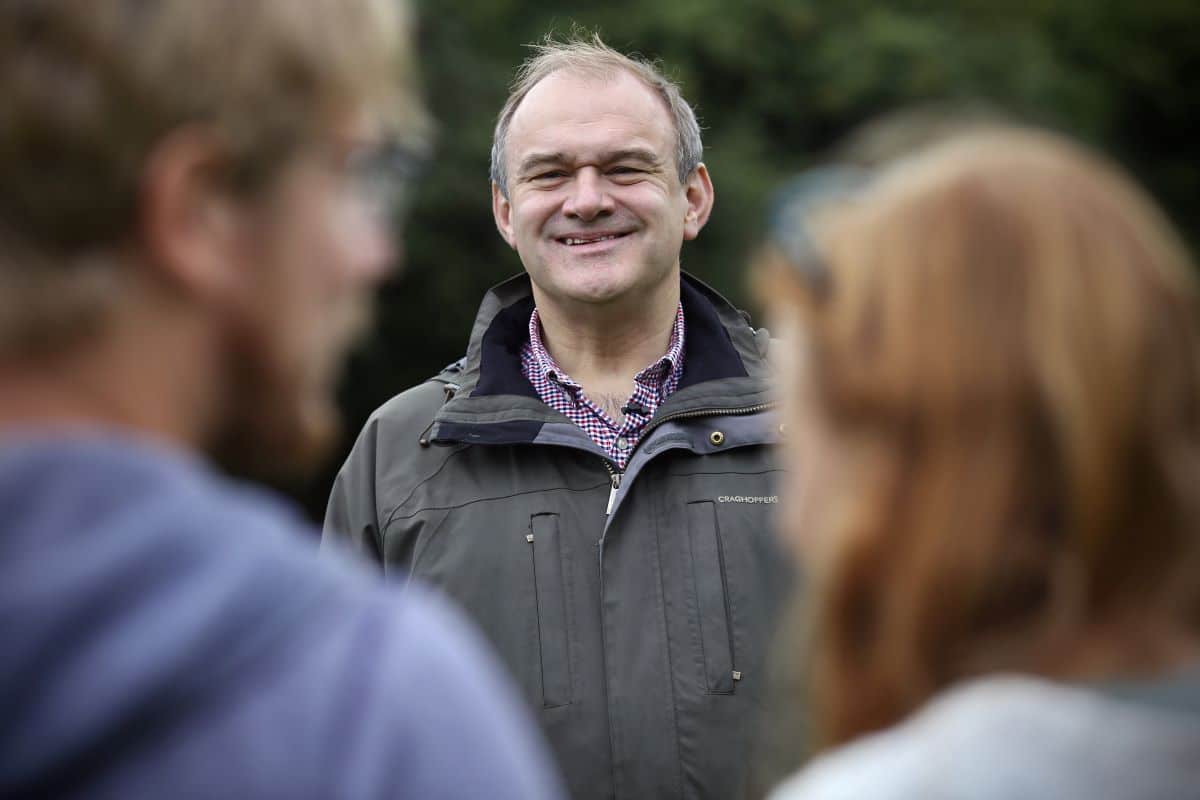Outgunned, underfunded and irrelevant. They’re some of the words used on social media to describe the Lib Dems in the aftermath of the 2019 election, five years on, and how times have changed.
The Low Point

In the 2019 general election, the Liberal Democrats won 11 seats. This was the culmination of a dreadful series of elections, where they won 8 in 2015 and 12 in 2017.
Charles Kennedy Leadership
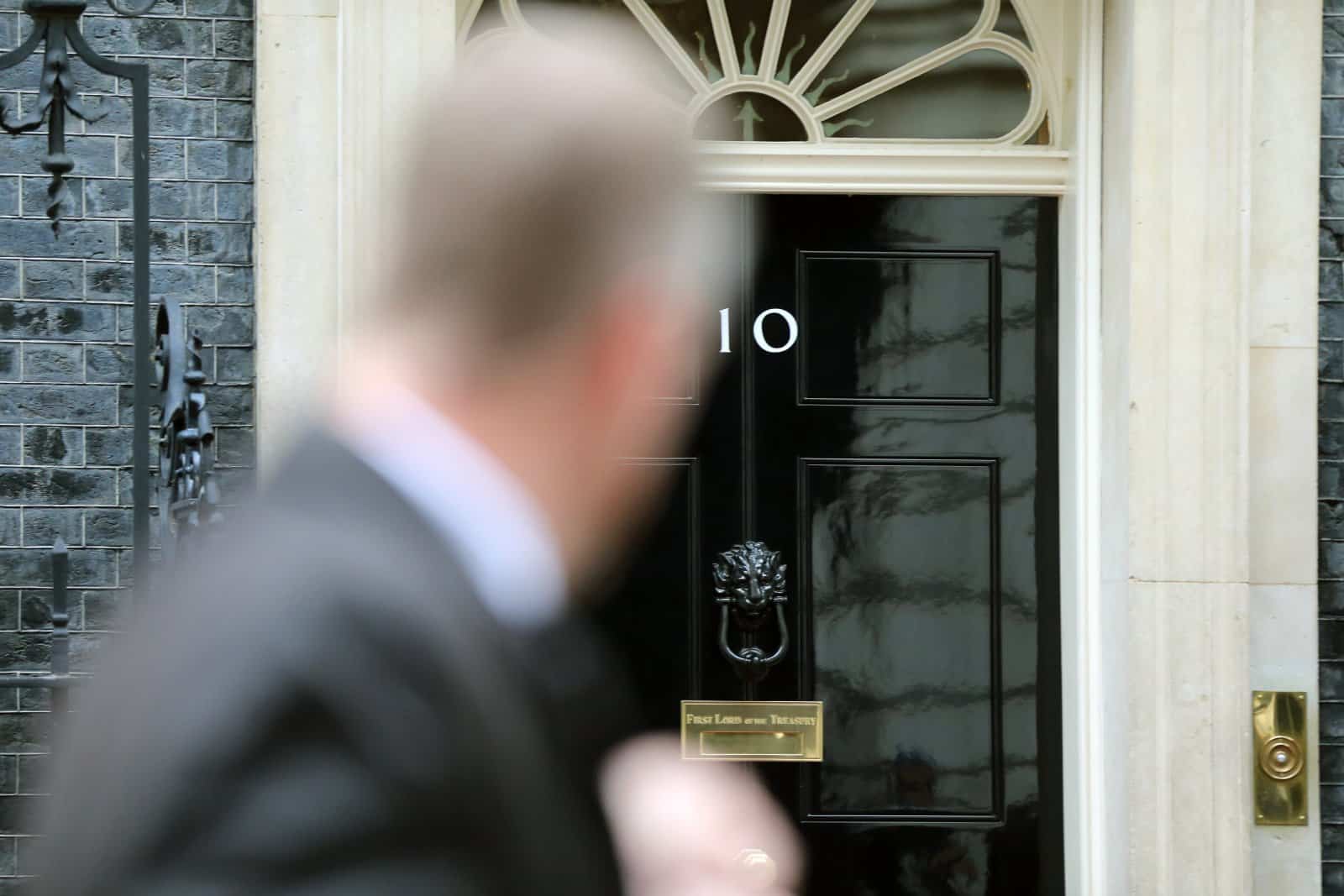
They were politically relevant for a spell, winning 52 and 62 seats under Charles Kennedy.
Work Continued Under Clegg

Nick Clegg then took over and continued much of the good work. In 2010, they reached 57 votes and formed a coalition government with the Conservatives.
Wheels Fell Off

Following their spell in power as part of the coalition government, the Lib Dem project fell apart. They were tarred with the Tory brush and lost much of their key support.
Broken Tuition Fees Promise Hurt

When Nick Clegg broke his promise not to increase tuition fees, he decimated much of the trust people had placed in him.
Voters Let Them Know
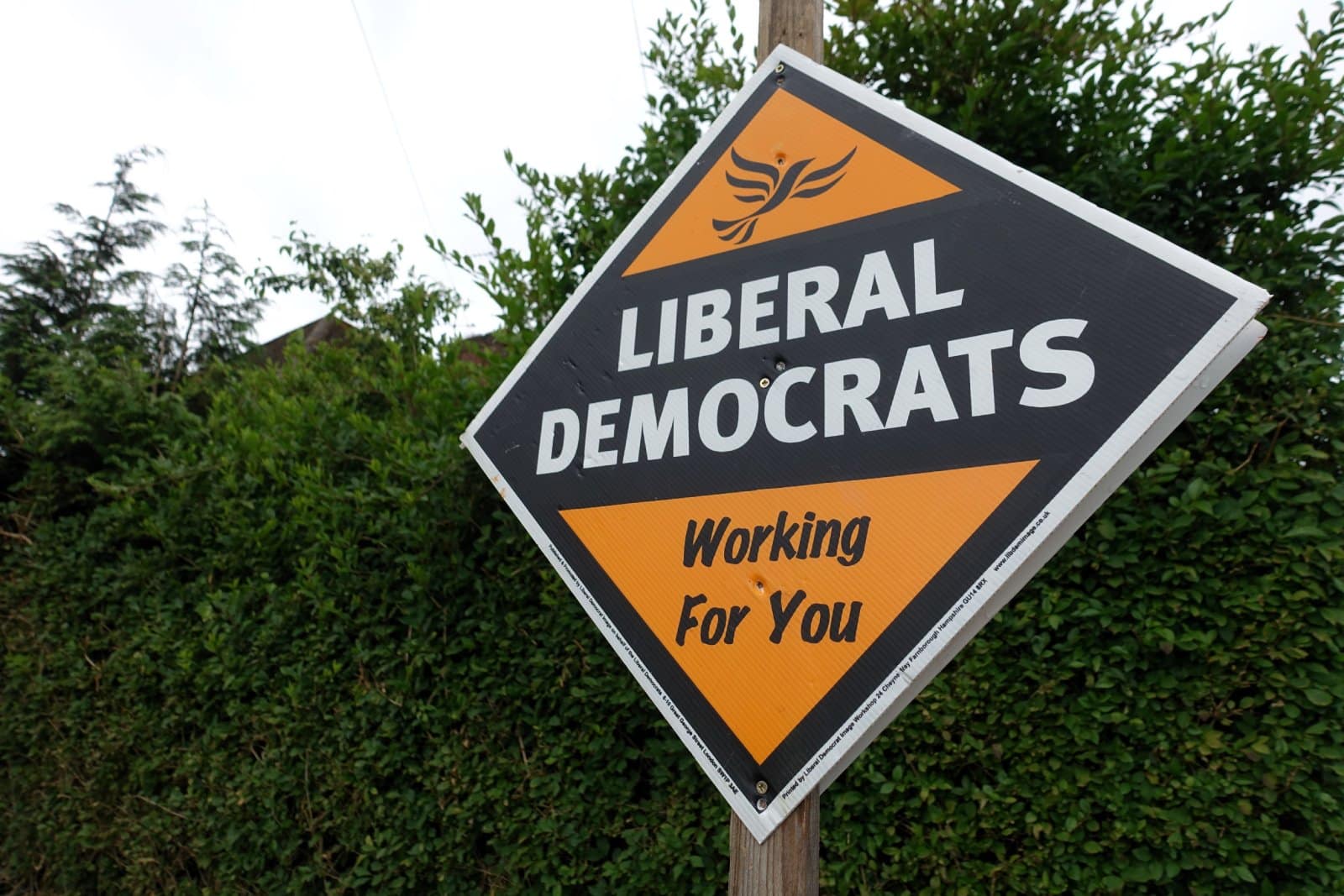
In 2015, the Liberal Democrats won an astonishingly low eight seats—down from 57 in the previous election. They were out of government and out of favour.
Tim Farron Takes Over

Tim Farron led the party into the next election, but the voters didn’t take to him or his pledges, and they won only 12 votes—a slight improvement, but not enough.
Jo Swinson Had a Go

Next up was Jo Swinson, and despite early promise, her leadership was effectively rudderless. While the party ran an anti-Brexit campaign, it failed to win much voter support and only won 11 seats—a regression.
Swinson Out, Sir Ed Davey In
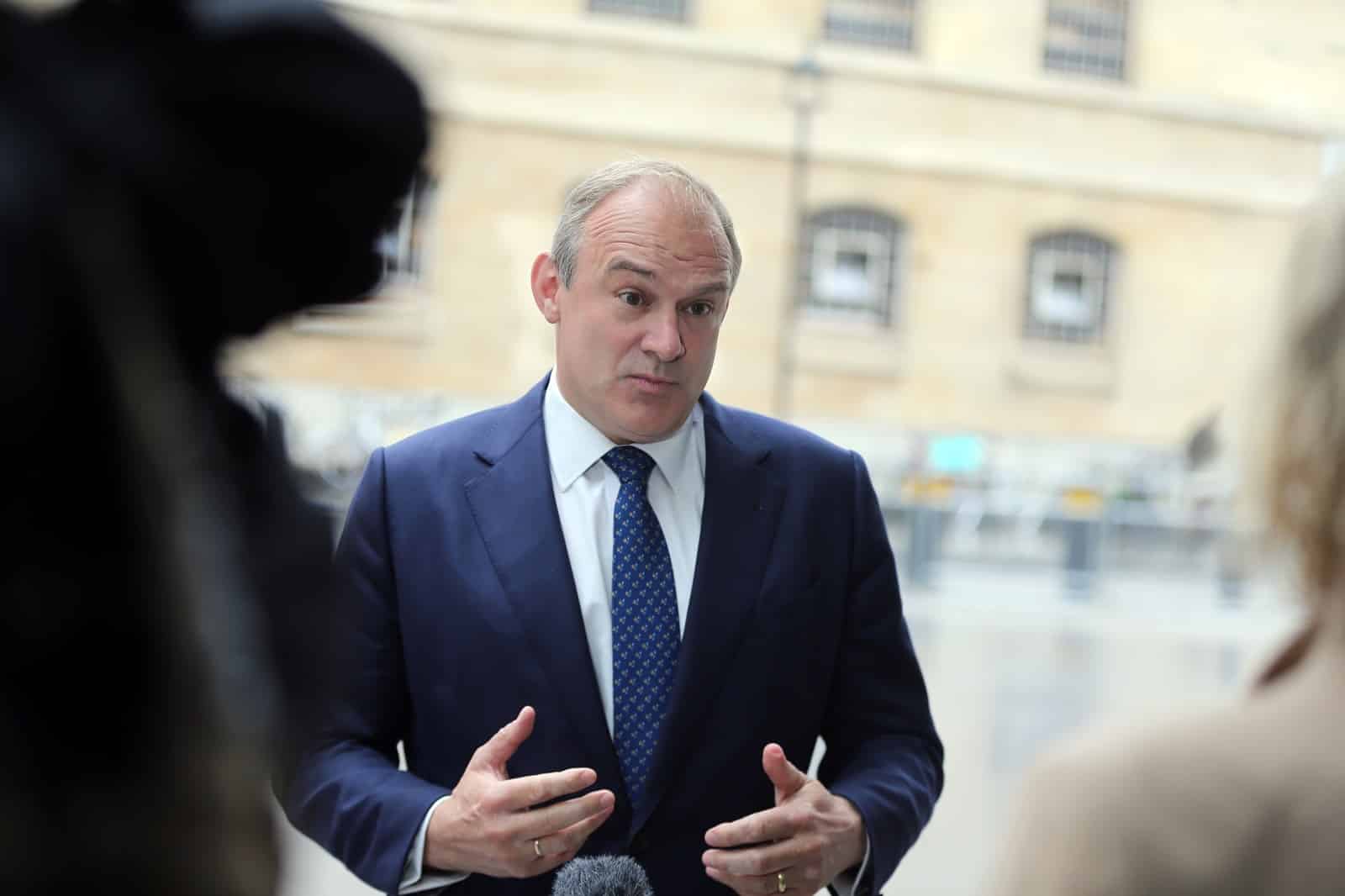
Swinson wasn’t allowed to continue as party leader after losing her seat. Sir Ed Davey was elected instead, and that’s when things began to change.
Davey United a Party

A strength of Ed Davey has been uniting a party that was divided for years. He rallied the members and reminded them to reconnect with the voters.
Election Campaign Strategy
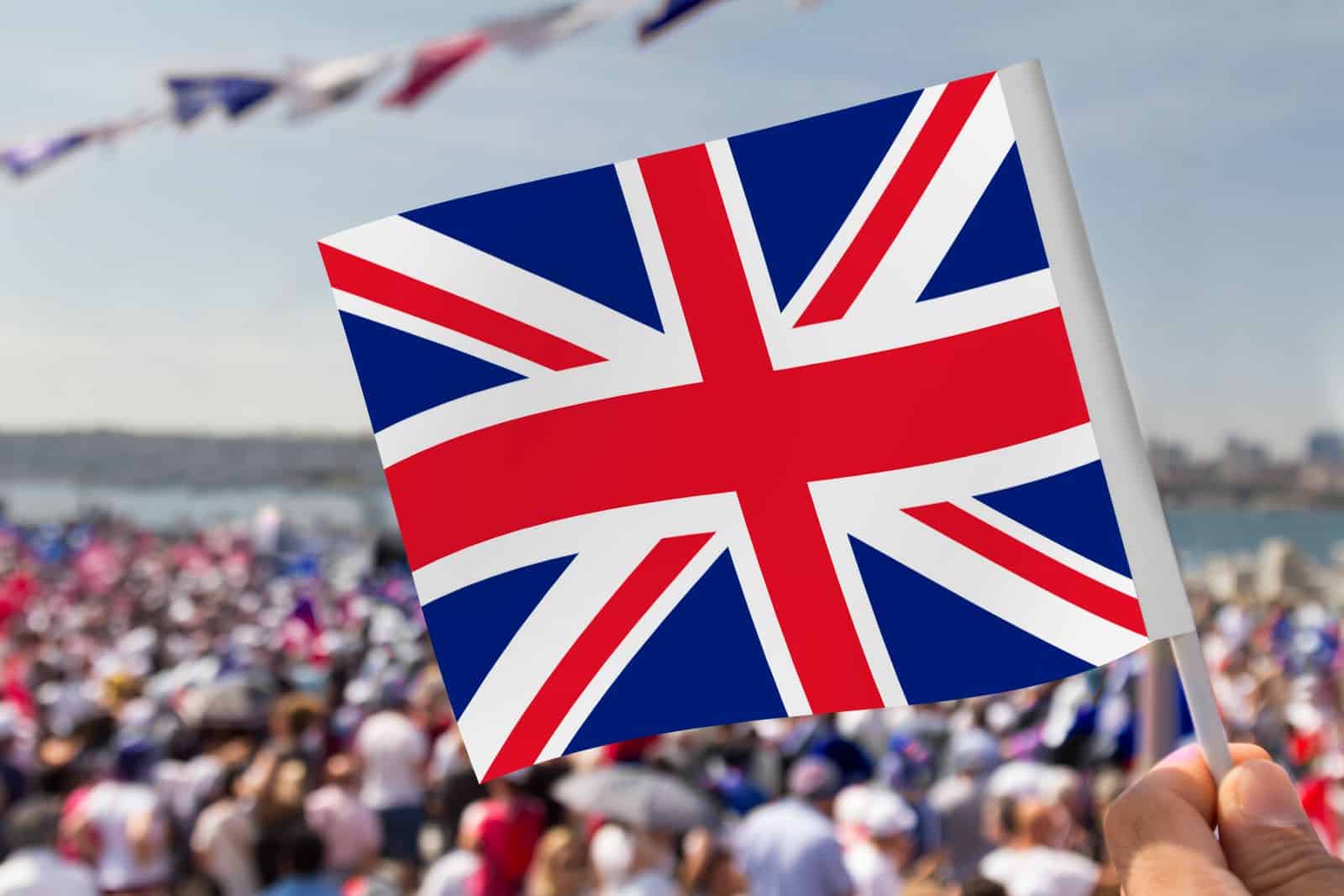
The Lib Dems changed their approach following a series of dreadful performances in the previous three elections. They targeted a small number of seats with a laser focus rather than trying to run a national campaign.
Attention, Attention, Attention

Many political commentators saw Ed Davey as simply playing the fool—bungee jumping, falling off paddle boards, heading down slides, etc. Still, this caught the attention of the press.
People Started Talking

The approach divided the media. On ‘The Rest is Politics’ podcast, Alistair Campbell praised Ed Davey for using attention-grabbing stunts to gain a media platform.
Opposing Views

Campbell’s co-host, Rory Stewart, took the opposing view, feeling Davey was trivialising himself and couldn’t be taken seriously.
But the Approach Worked
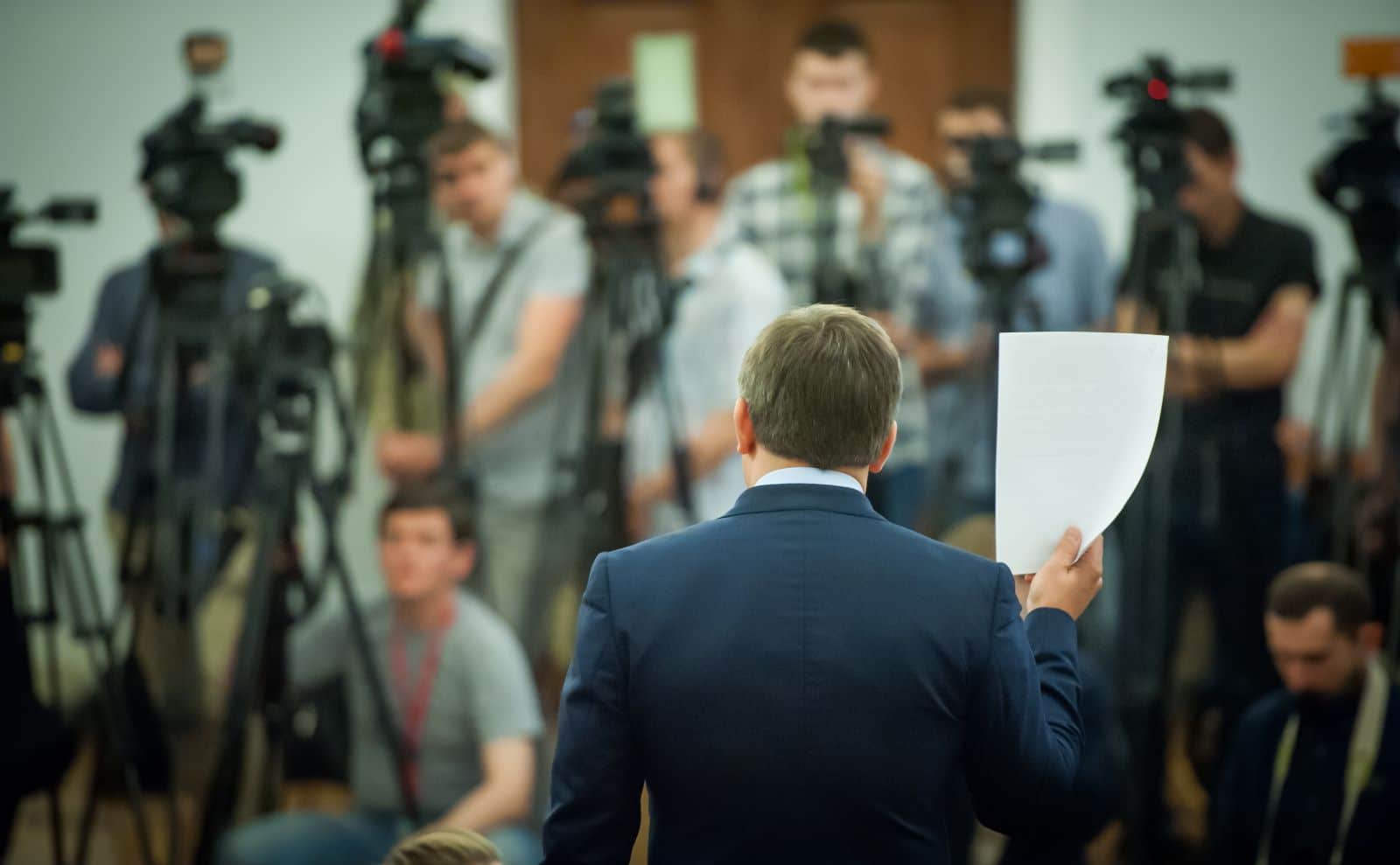
However you view the campaign, it worked wonders. The media lapped it up, giving Ed Davey and the Liberal Democrats much more media coverage than expected.
Open on Strategy

The Lib Dems were transparent in their approach to the campaign. They knew they couldn’t take on Labour, but they could exploit the growing anti-tory mood in the country.
Targeting Tories
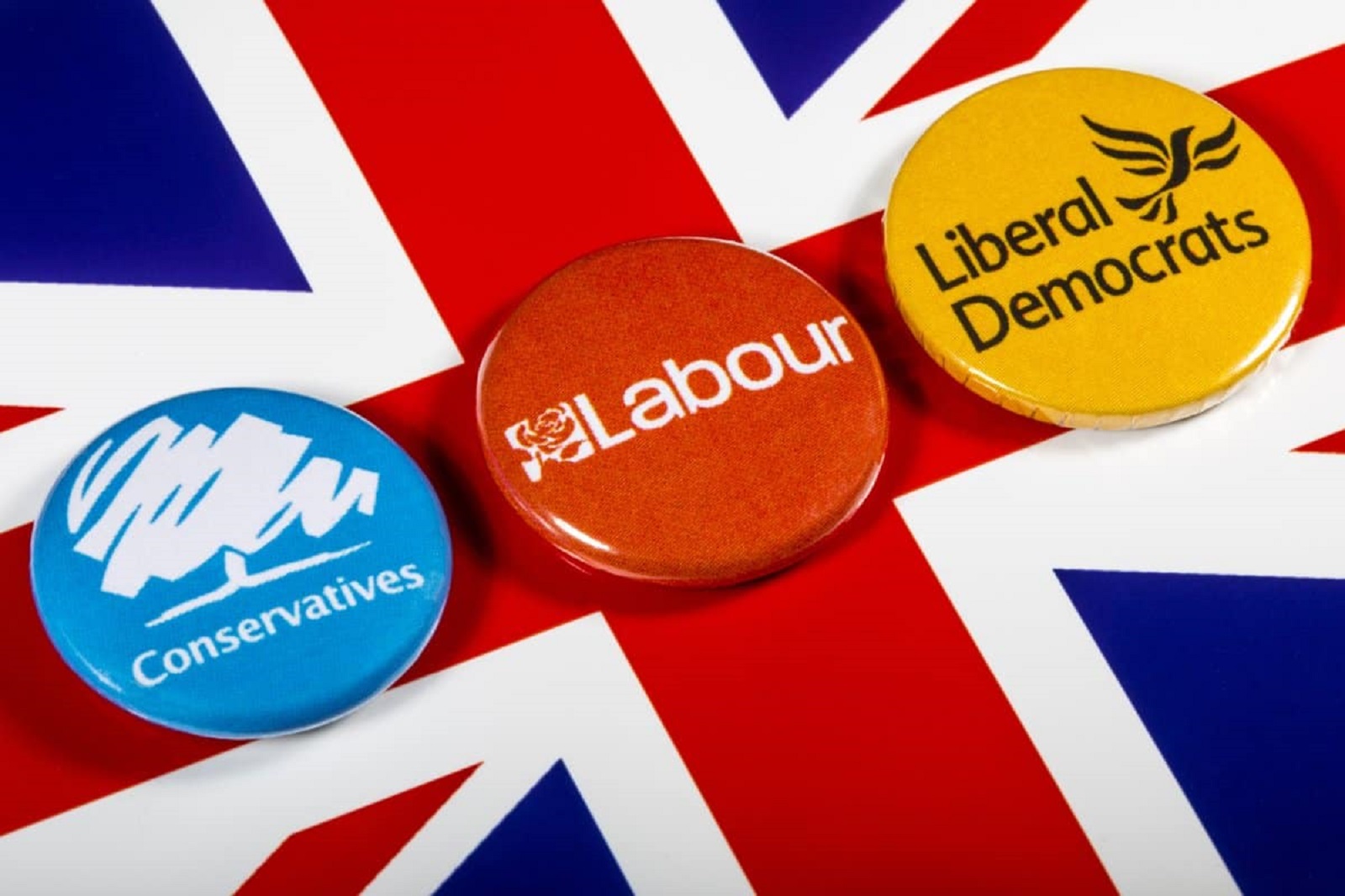
They focussed on a small number of seats where they felt they could win. They didn’t waste much effort if they felt it was a lost cause.
Strategy Worked Well

Thanks to their campaign, the Lib Dems won some major seats. They took the seats of Culture Secretary Lucy Frazer, Education Secretary Gillian Keegan, and Justice Secretary Alex Chalk.
Lib Dems Delighted With Campaign

Ed Davey said: “I am humbled by the millions of people who backed the Liberal Democrats to both kick the Conservatives out of power and deliver the change our country needs.”
Smart Strategy, Great Results
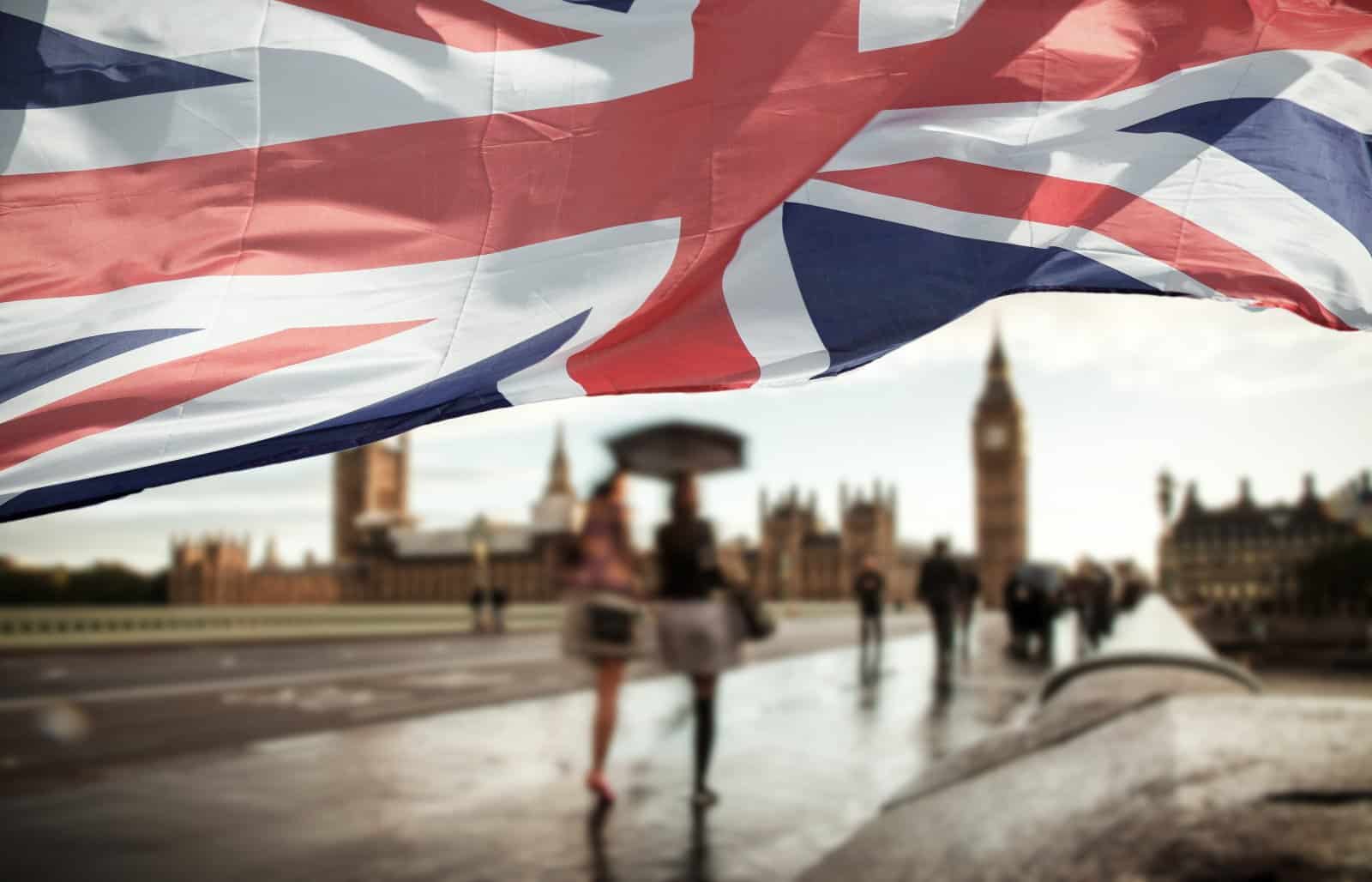
By boxing cleverly, listening to the voters, running a tight campaign, and leveraging the media, the Liberal Democrats have had their biggest successes in over a century.
Featured Image Credit: Shutterstock / Peter Rhys Williams.

